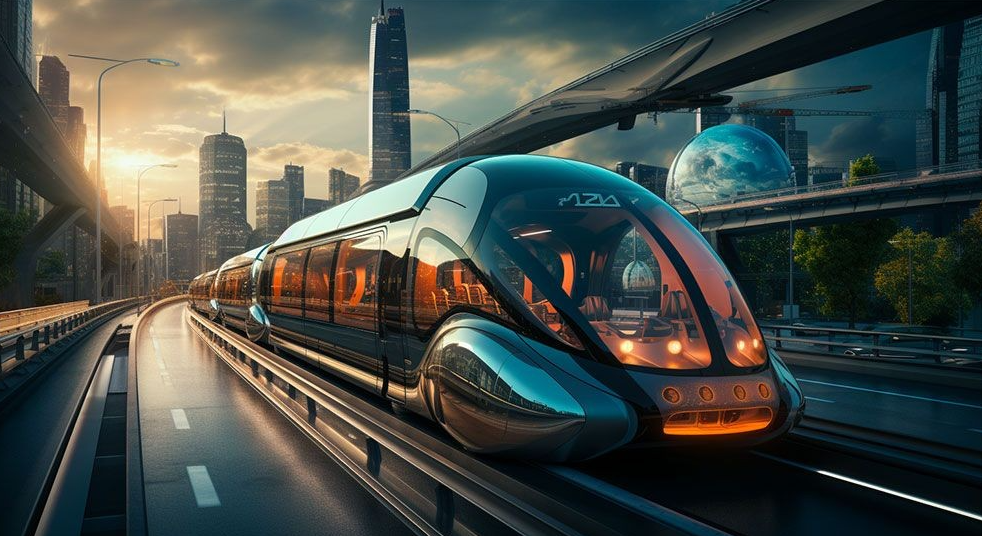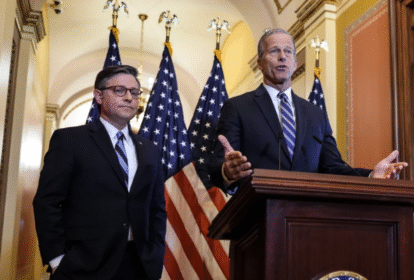Recent advancements in transportation signal a transformative shift towards sustainability and efficiency. The rise of electric vehicles, coupled with innovations in battery technology and automated charging, is reshaping commuting practices. Meanwhile, smart public transit systems are enhancing urban connectivity through real-time tracking and seamless ticketing options. As government and private sector partnerships evolve, the future of urban mobility appears poised for significant change, prompting questions about the long-term impacts of these developments.
Electric Vehicle Advancements and Adoption Trends
As the global push for sustainability intensifies, advancements in electric vehicle (EV) technology and rising adoption trends have become pivotal in reshaping the transportation landscape.
Innovations in battery technology have enhanced range and efficiency, while automated charging systems are streamlining the refueling process.
These developments not only promote environmental freedom but also empower consumers to embrace a cleaner, more sustainable mode of transportation.
See also: Latest News in Science: Exciting Research Updates
Smart Public Transit Systems: A New Era of Connectivity
While urban populations continue to expand, smart public transit systems are emerging as a crucial solution to enhance connectivity and efficiency in transportation networks.
With the implementation of smart ticketing solutions, passengers enjoy seamless travel experiences. Additionally, real-time tracking capabilities provide users with up-to-the-minute information, fostering a sense of independence and flexibility.
These innovations promise to redefine urban mobility for a more liberated society.
Urban Mobility Innovations: Reducing Congestion and Enhancing Efficiency
Urban mobility innovations are transforming the landscape of city transportation, addressing critical issues of congestion and efficiency.
Emerging bike sharing programs promote sustainable commuting options while reducing reliance on personal vehicles.
Additionally, pedestrian-friendly initiatives encourage walking and cycling, fostering a more vibrant urban environment.
Together, these strategies enhance mobility, allowing residents greater freedom and significantly alleviating traffic congestion in densely populated areas.
Government and Private Sector Investments in Transportation Infrastructure
Investments from both government entities and the private sector play a pivotal role in shaping transportation infrastructure, ultimately determining the efficiency and sustainability of urban mobility systems.
Public-private partnerships are increasingly vital, facilitating infrastructure funding and innovation. These collaborations enable shared resources, reduce financial burdens, and foster advancements that enhance connectivity, ensuring that transportation systems can adapt to the growing demands of urban populations.
Conclusion
As the wheels of progress turn, the transportation landscape is swiftly reshaping itself through innovative electric vehicles and intelligent public transit systems. These advancements not only promise a greener future but also foster a new era of urban mobility, where efficiency reigns supreme. With robust investments from both government and private sectors, cities are poised to become interconnected hubs, paving the way for a seamless travel experience. The journey towards sustainable transport has only just begun, inviting all to partake in its evolution.




 Latest News on Cryptocurrency: Market Movements and Regulations
Latest News on Cryptocurrency: Market Movements and Regulations